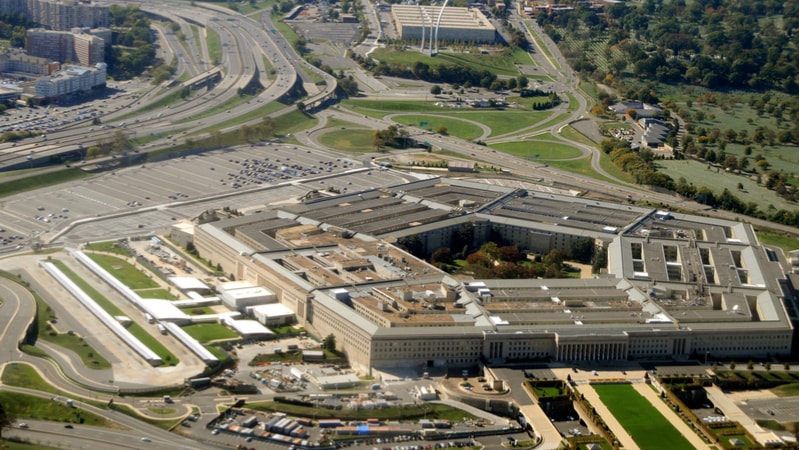
The Department of Defense’s (DoD) unidentified anomalous phenomena (UAP) office has received more than 800 reports of UAP incidents, according to the office’s annual report released this week, which says that 271 of those were reported between August 2022 and April 2023.
The annual report – the newest in a series of reviews required by lawmakers in the 2022 National Defense Authorization Act – confirms that as of April 30, the Pentagon’s All-domain Anomaly Resolution Office (AARO) has received more than 800 reports of UAP incidents.
According to the report, between August 31, 2022, and April 30, 2023, the UAP office recorded an uptick of 291 UAP sightings – consisting of 274 that occurred during this period and another 17 that occurred from 2019-2022 but were not included in previous annual reports – since the previous iteration and announcement last year that verified 650 cases.
Notably, of the latest 291 accounts, “290 occurred within the air domain and one in the maritime domain,” the report states, adding that the recent report trend highlights that “airborne UAP continue to dominate UAP reporting.’
The public unclassified version of the report does not say how many of those incidents, if any, were resolved.
The report does note that no UAP incident has been “positively attributed” to foreign activities. Still, “these cases continue to be investigated,” it reads.
In addition, the AARO also announced it will begin assessing UAP reports from the Federal Aviation Administration. It expects to include those accounts in its following annual report. According to the report, this furthers the office’s commitment to deepen AARO’s relationship with U.S. military and civilian agencies’ air domain-focused components in the next year.
“Collaboration with Space Force, U.S. Space Command, NRO, and NASA is well underway. Integration of the maritime domain is another area where AARO will seek to make significant progress in the coming year,” the report notes.
AARO plans to work with the U.S. Navy and Office of the Director of National Intelligence’s National Intelligence Manager for Military Integration “to ensure timely and quality reporting via existing reporting mechanisms and begin conducting research on sensor calibration relevant to the maritime domain,” the report explains.
According to the report, AARO also plans to strengthen targeted collection within the intelligence community and help better inform other agencies about what data and information to collect from observers. The agency expects to release its secure reporting mechanism on the AARO website soon.
